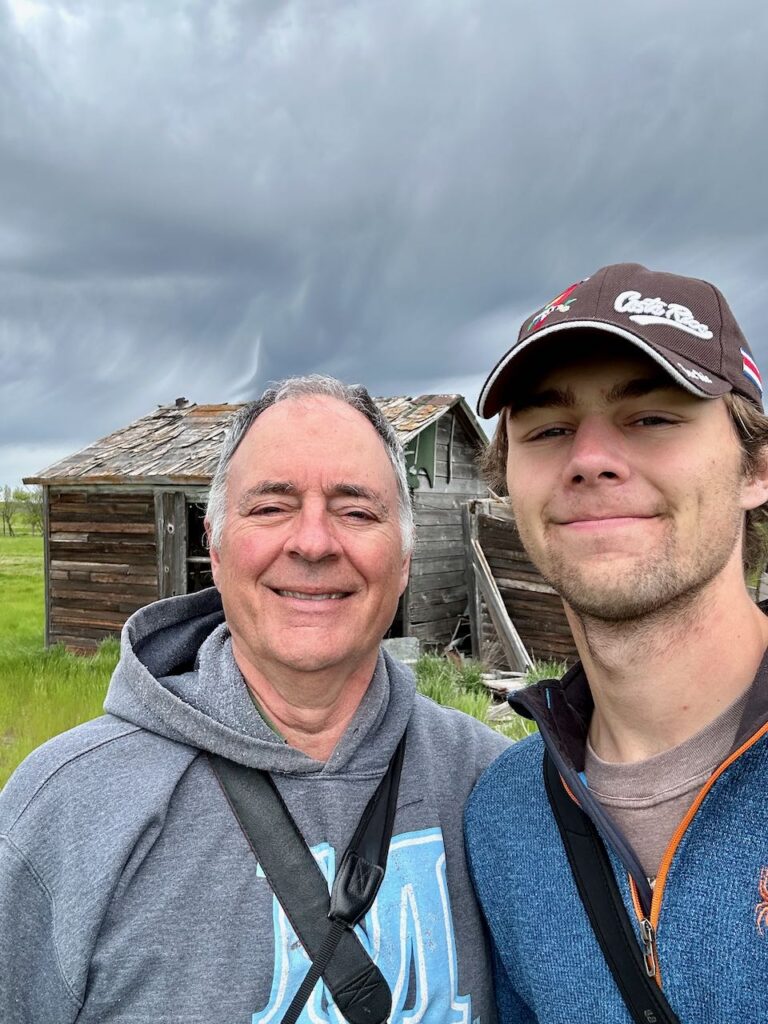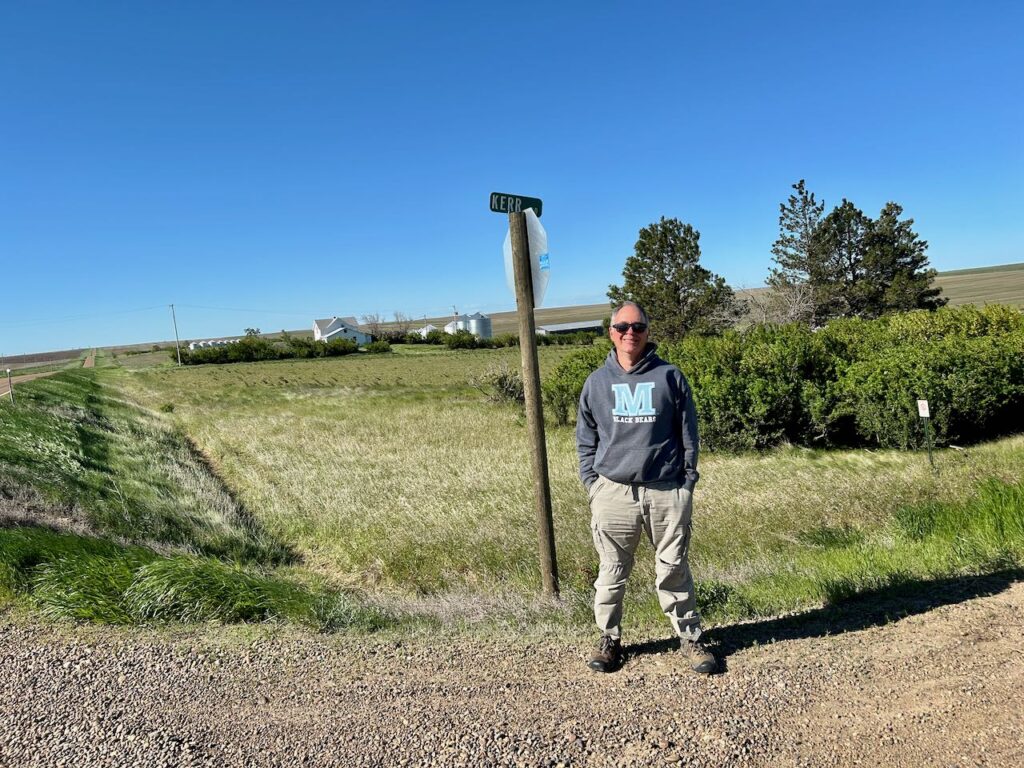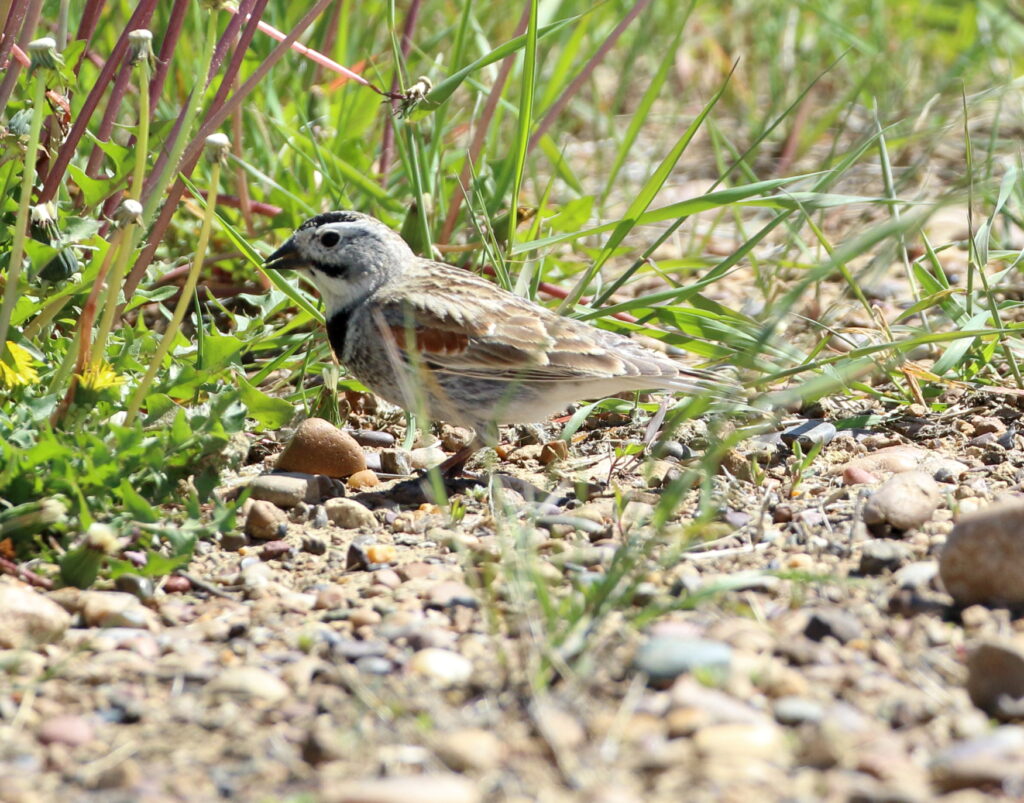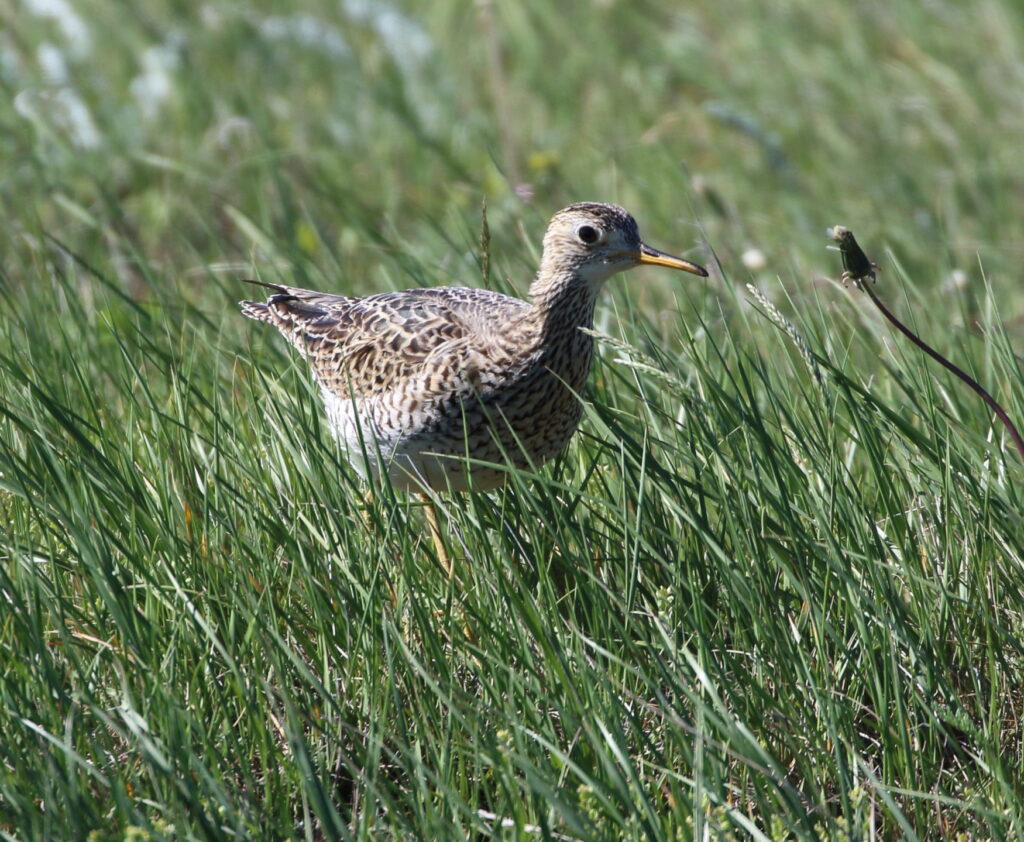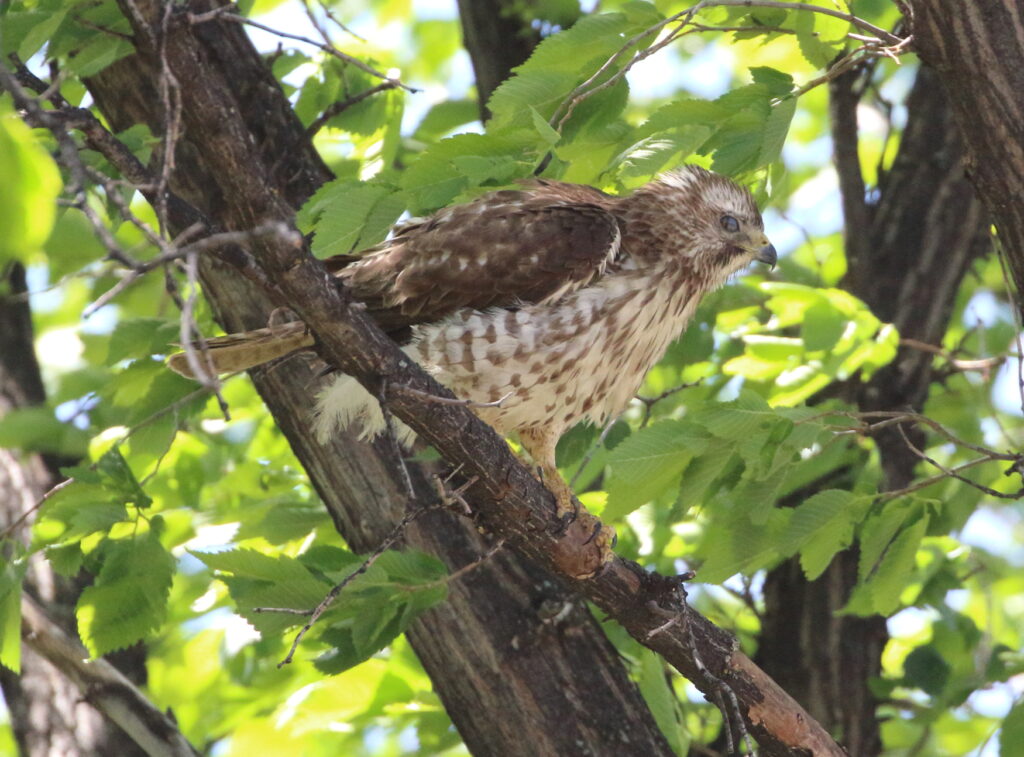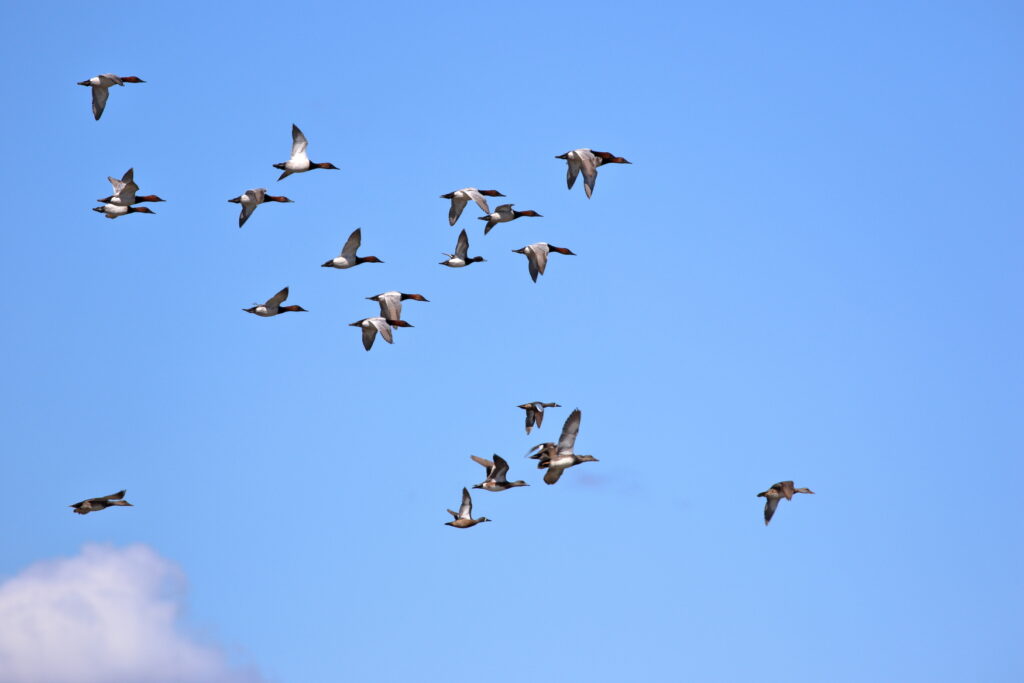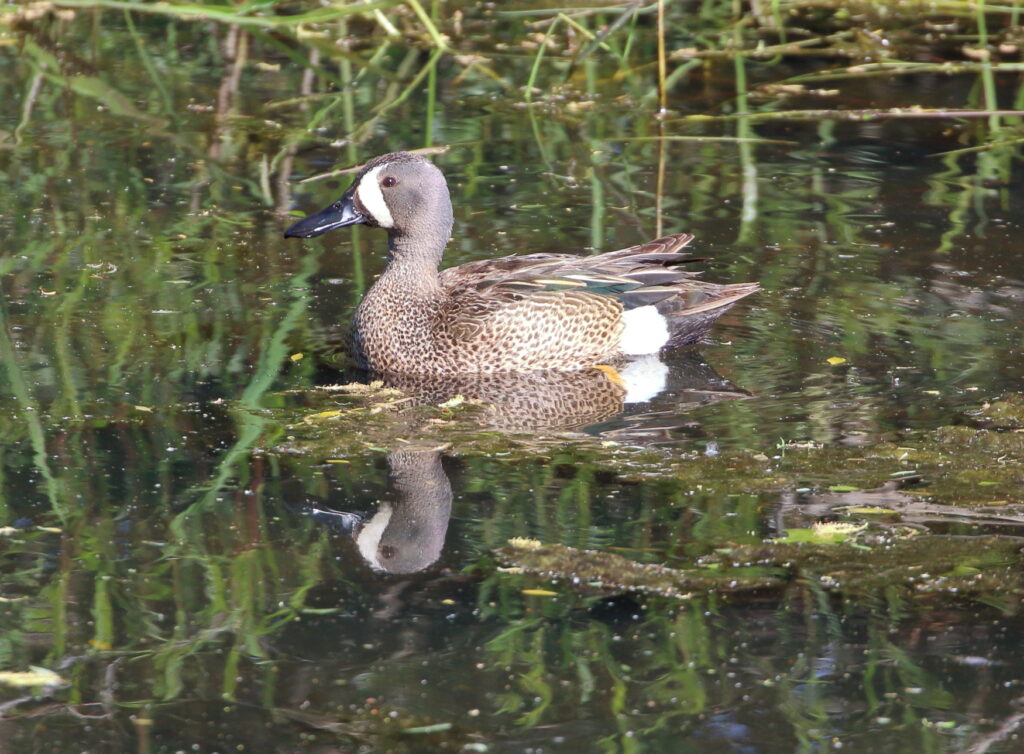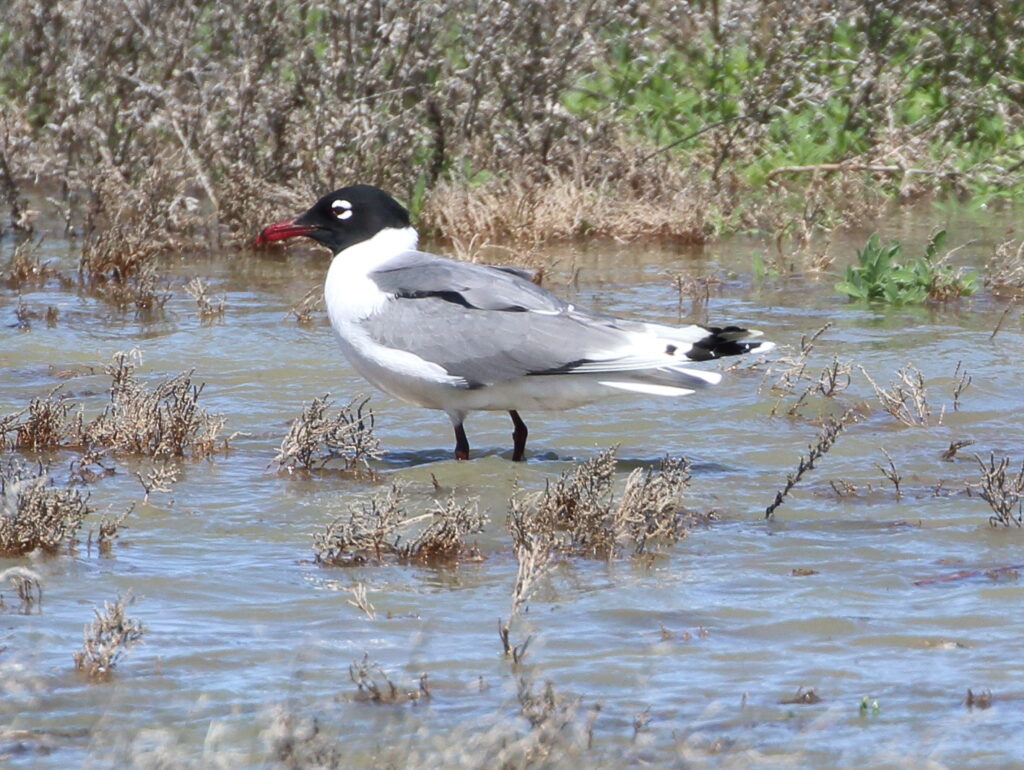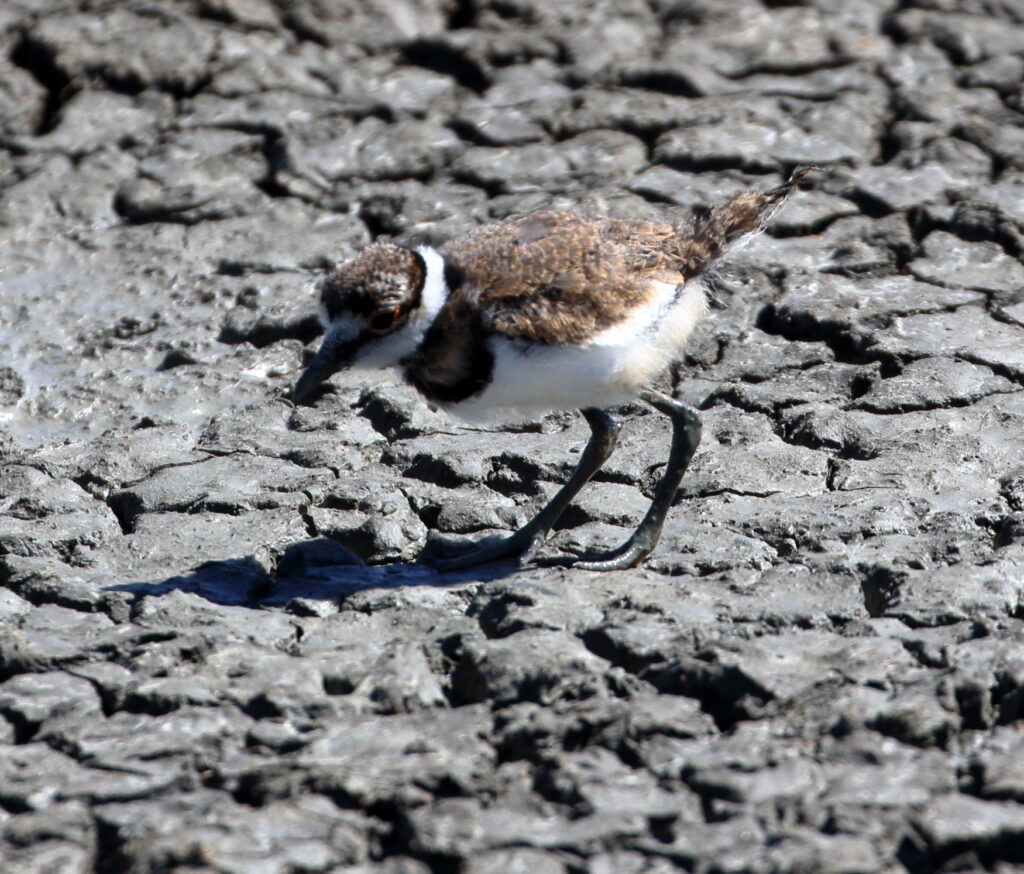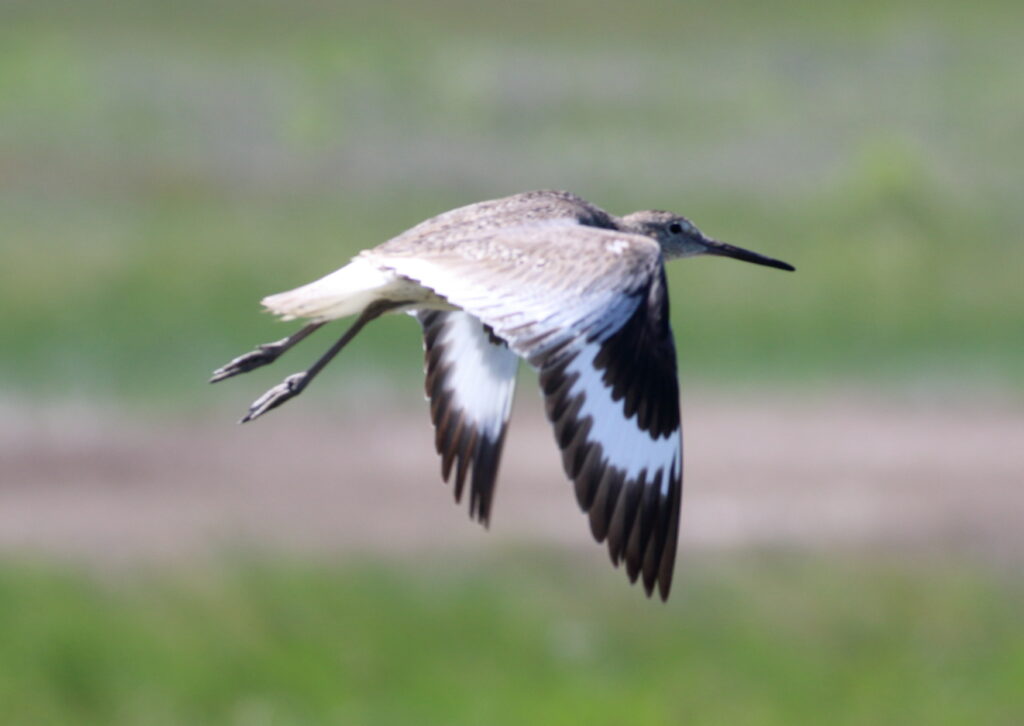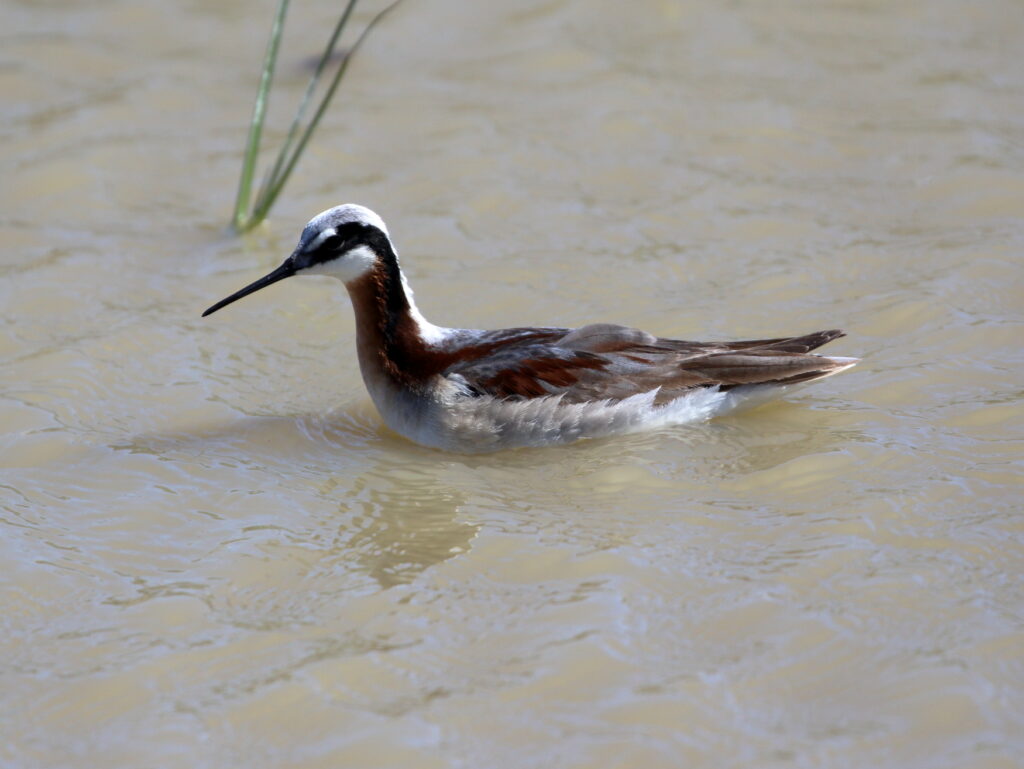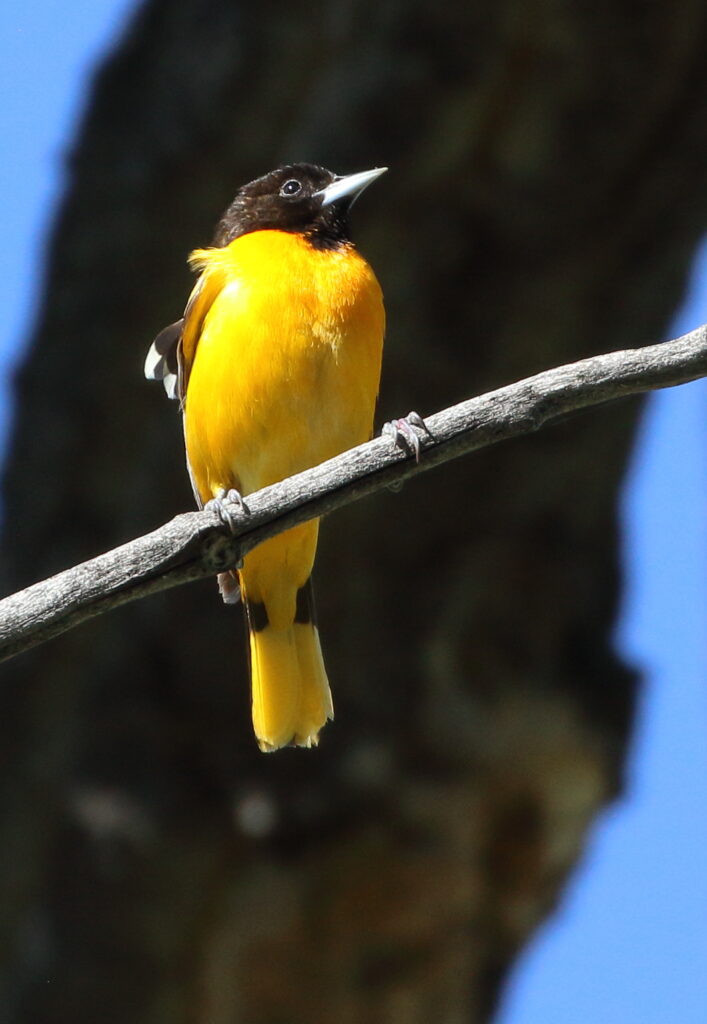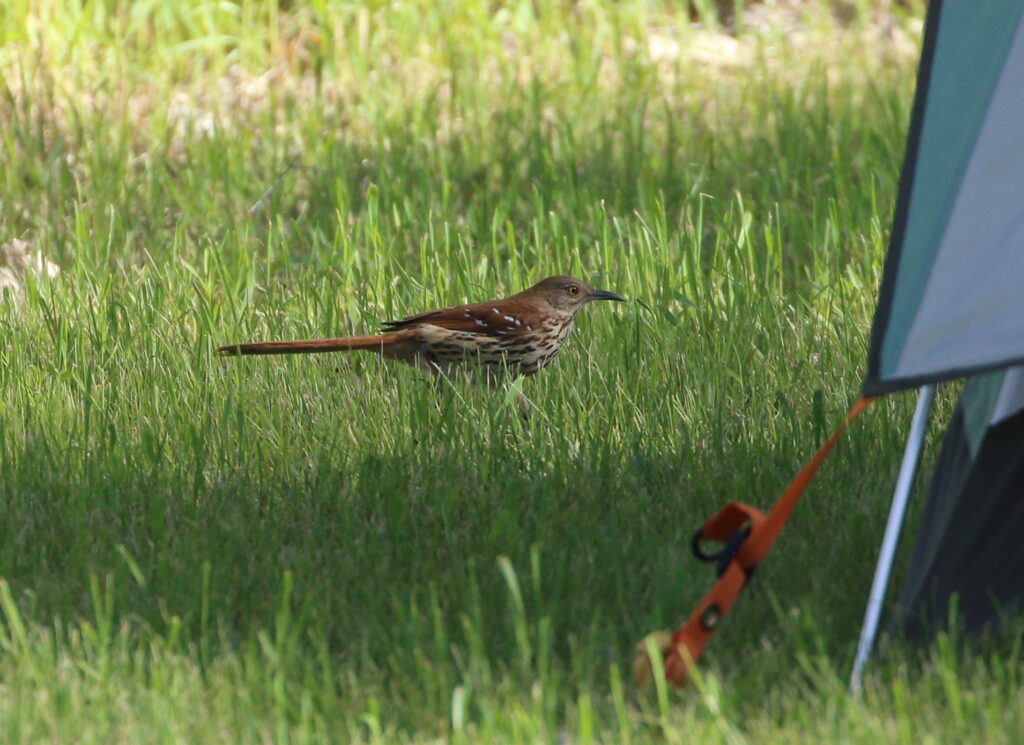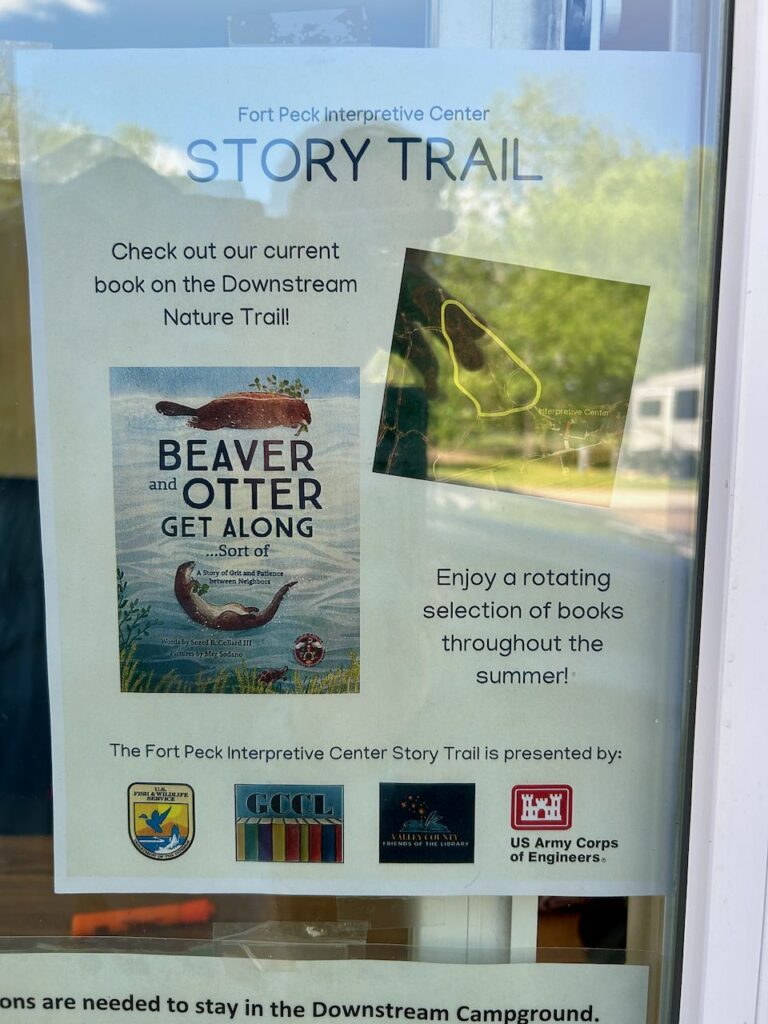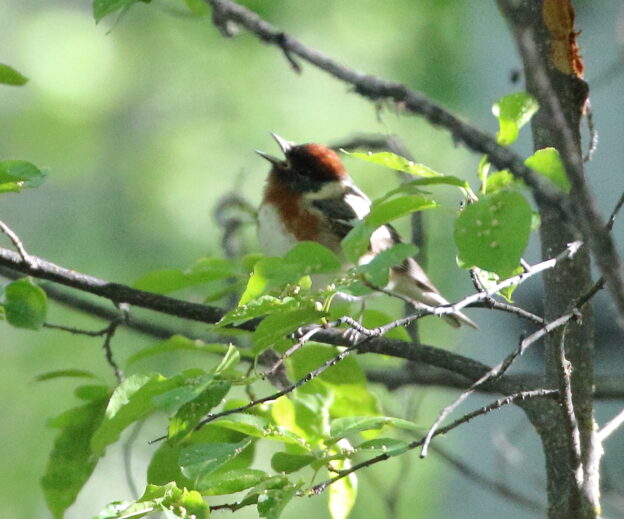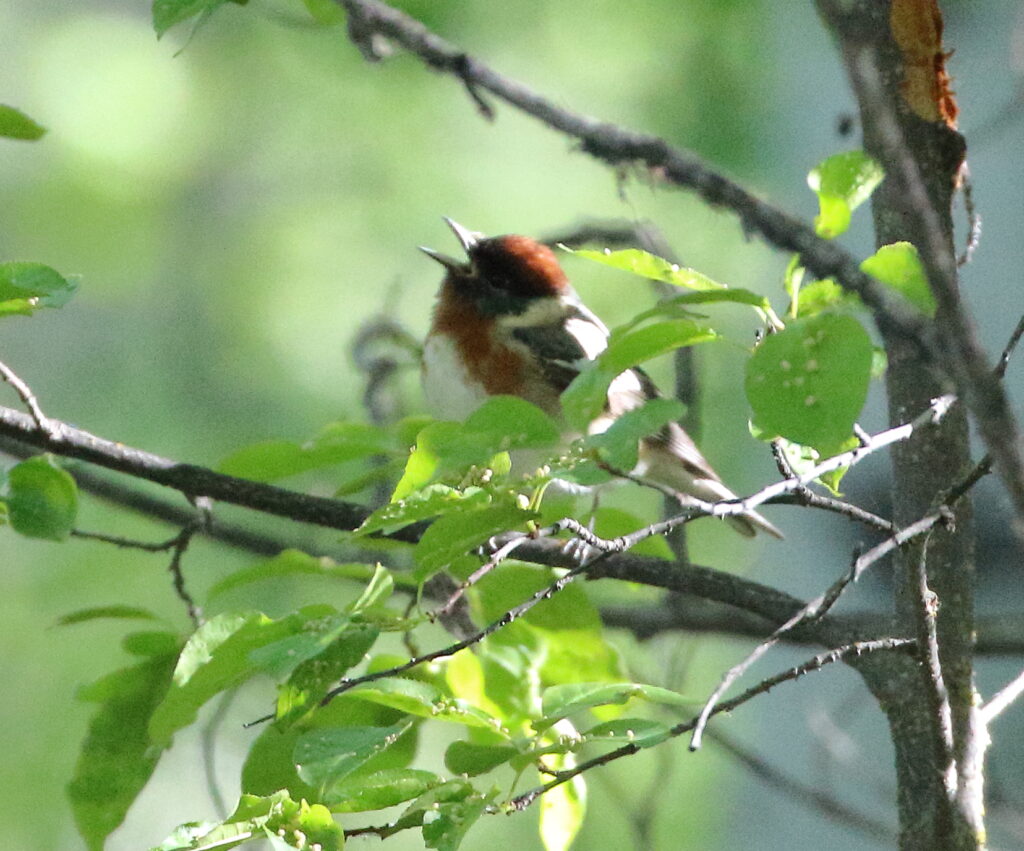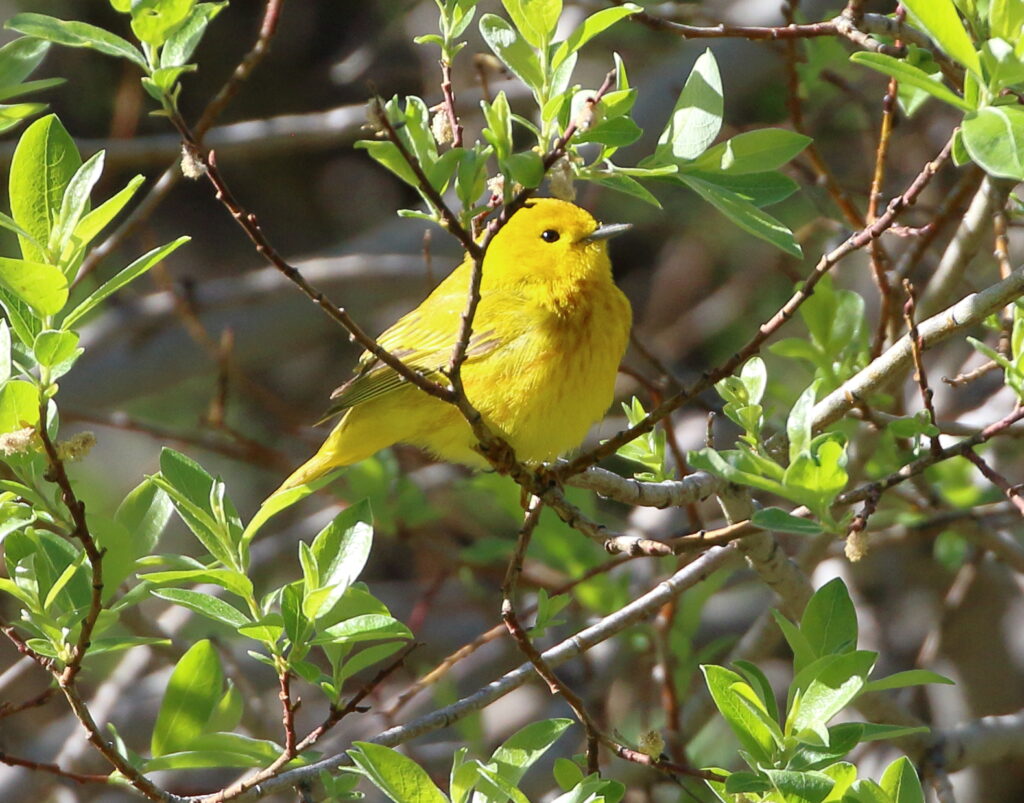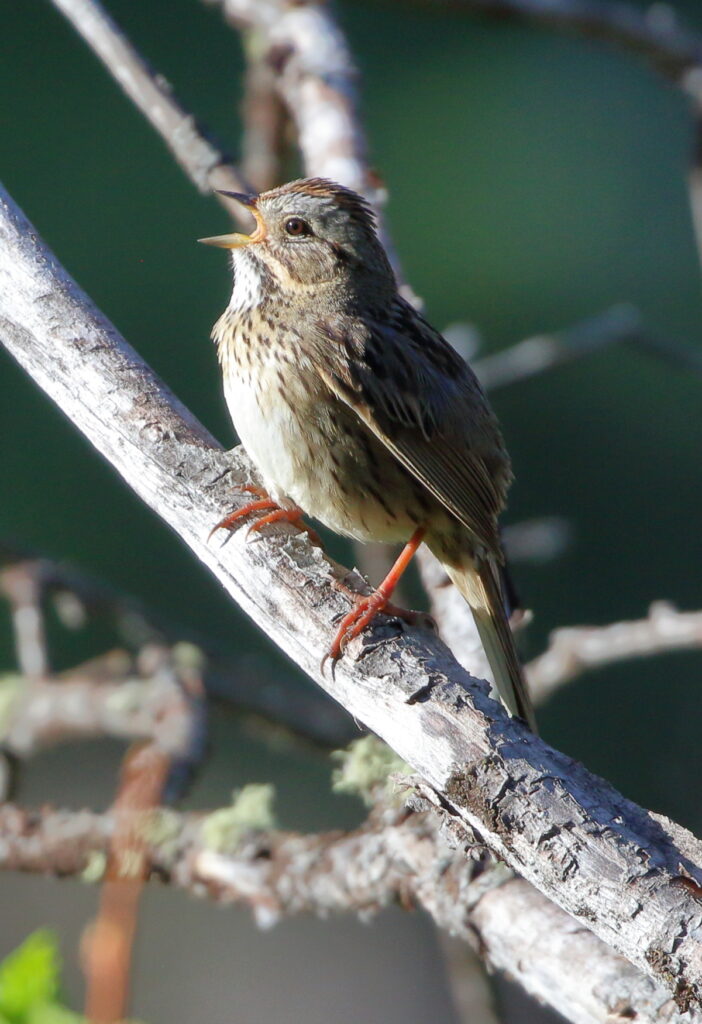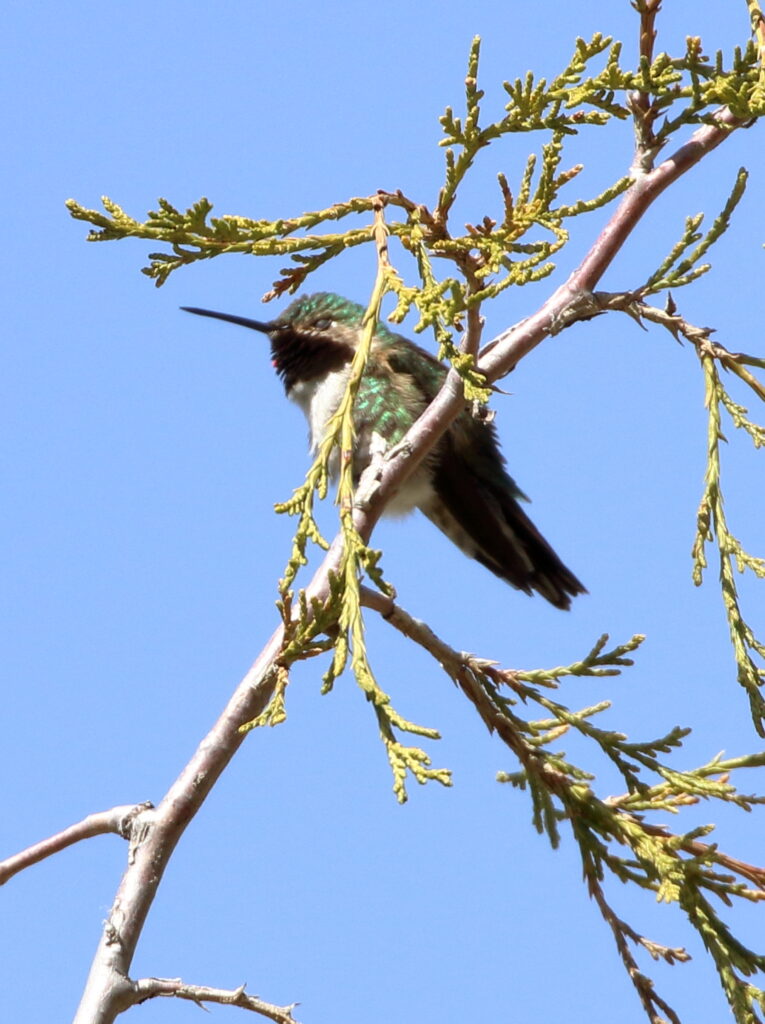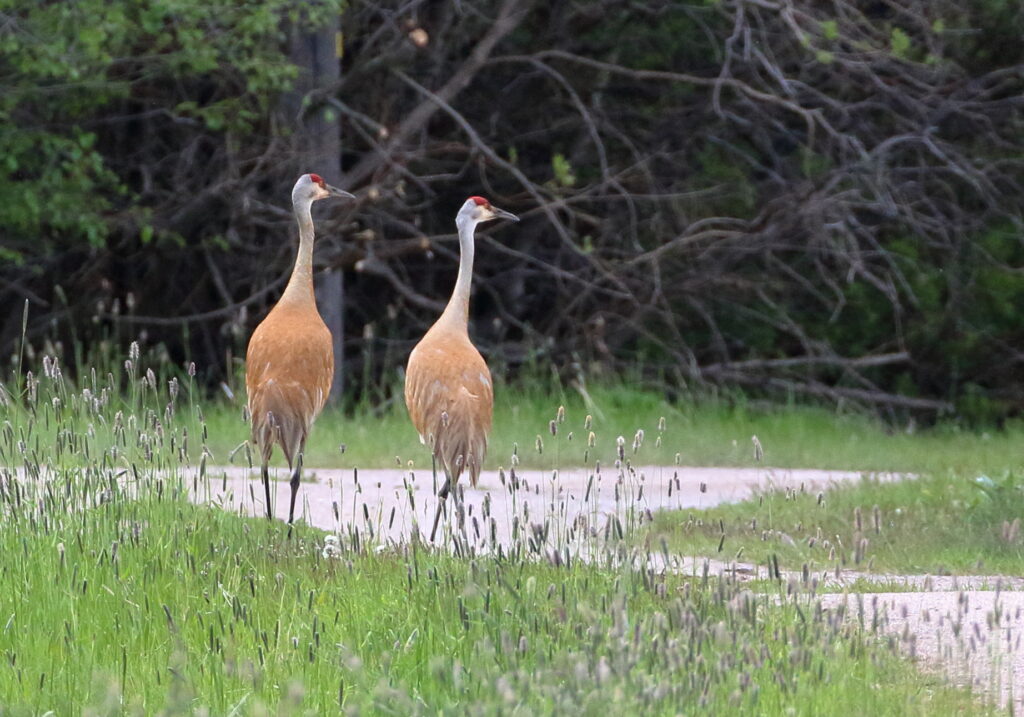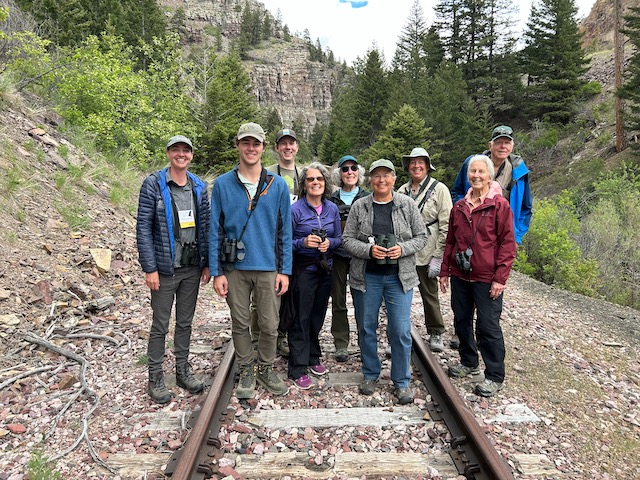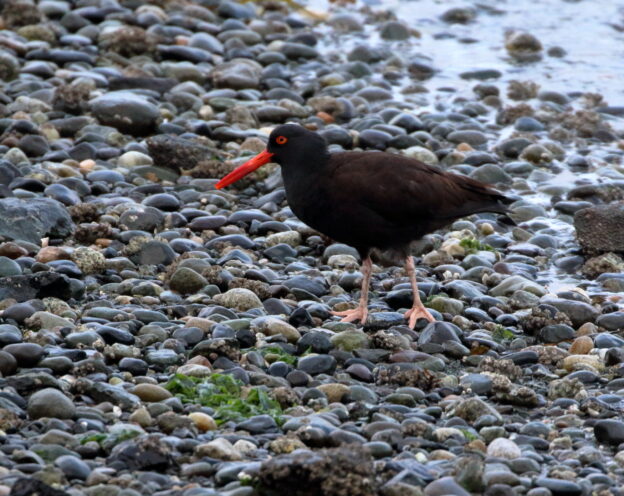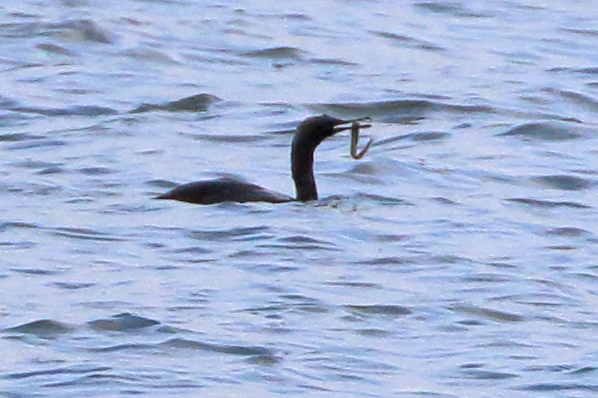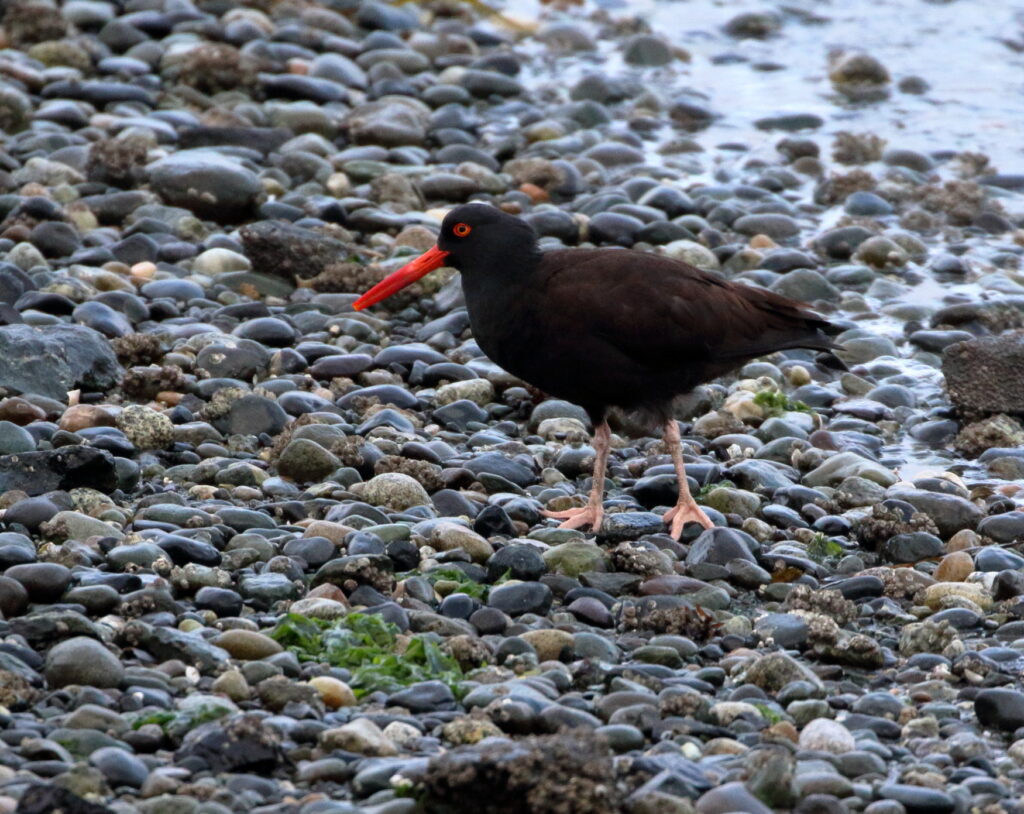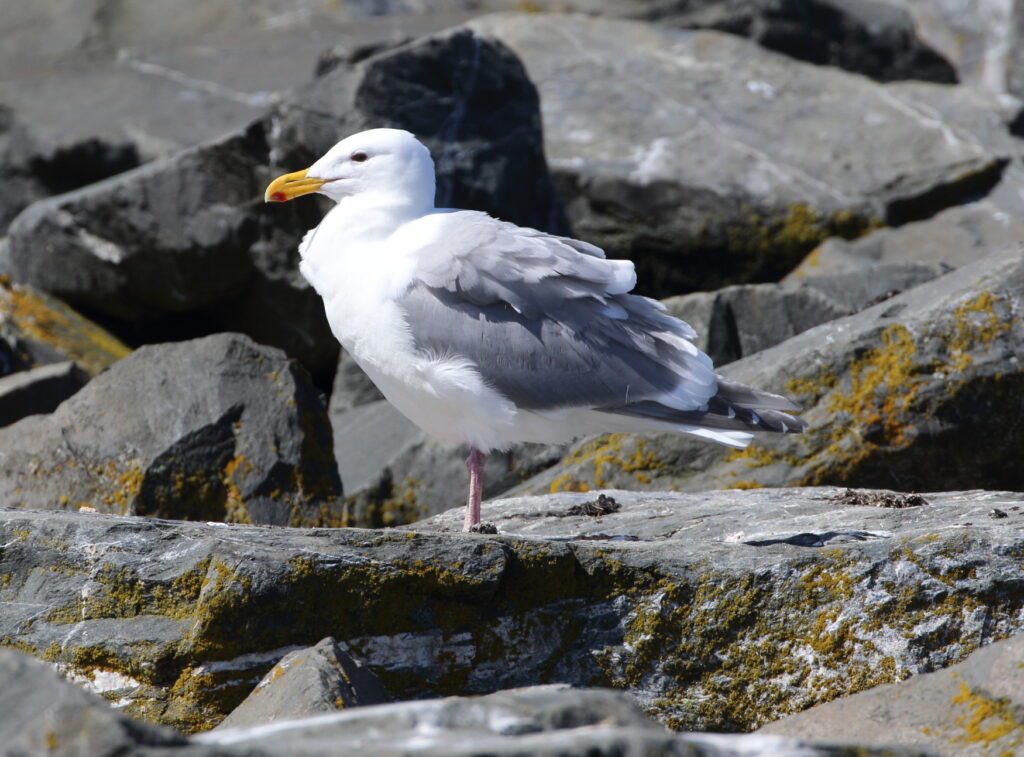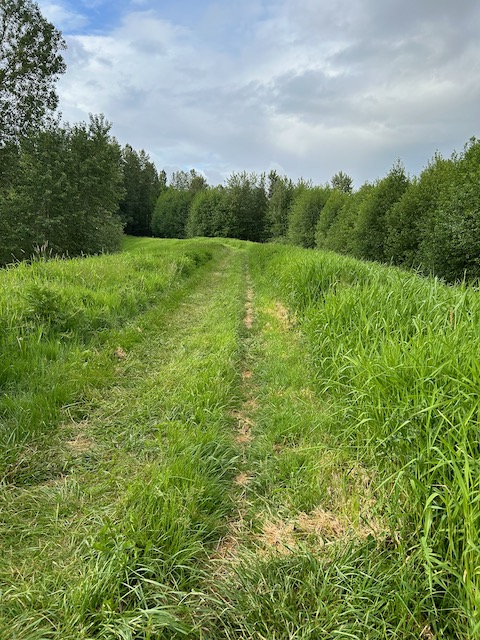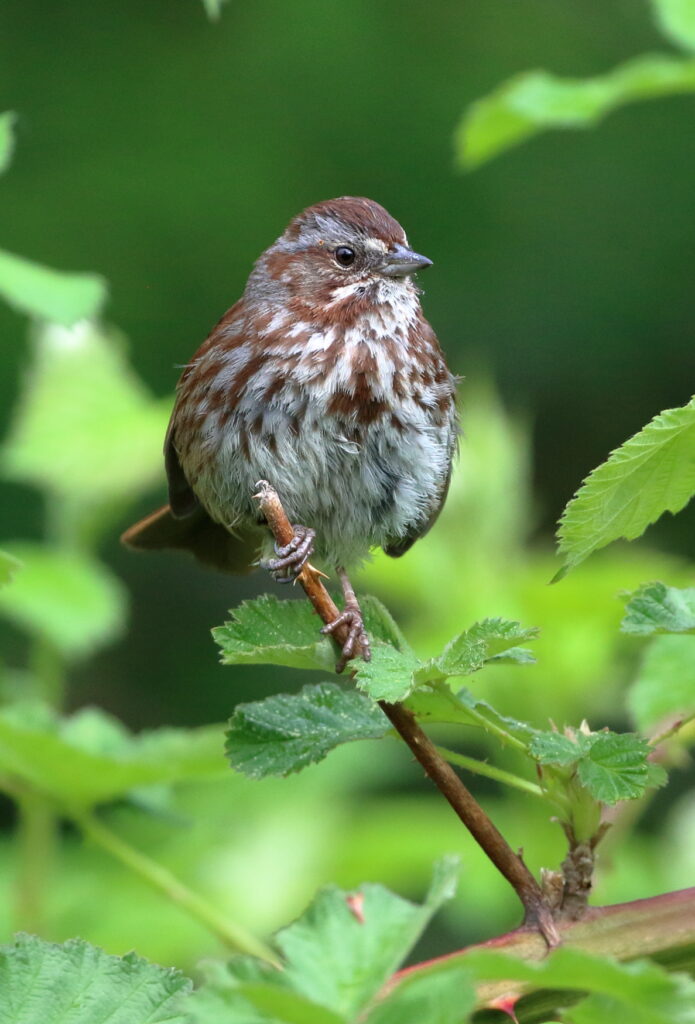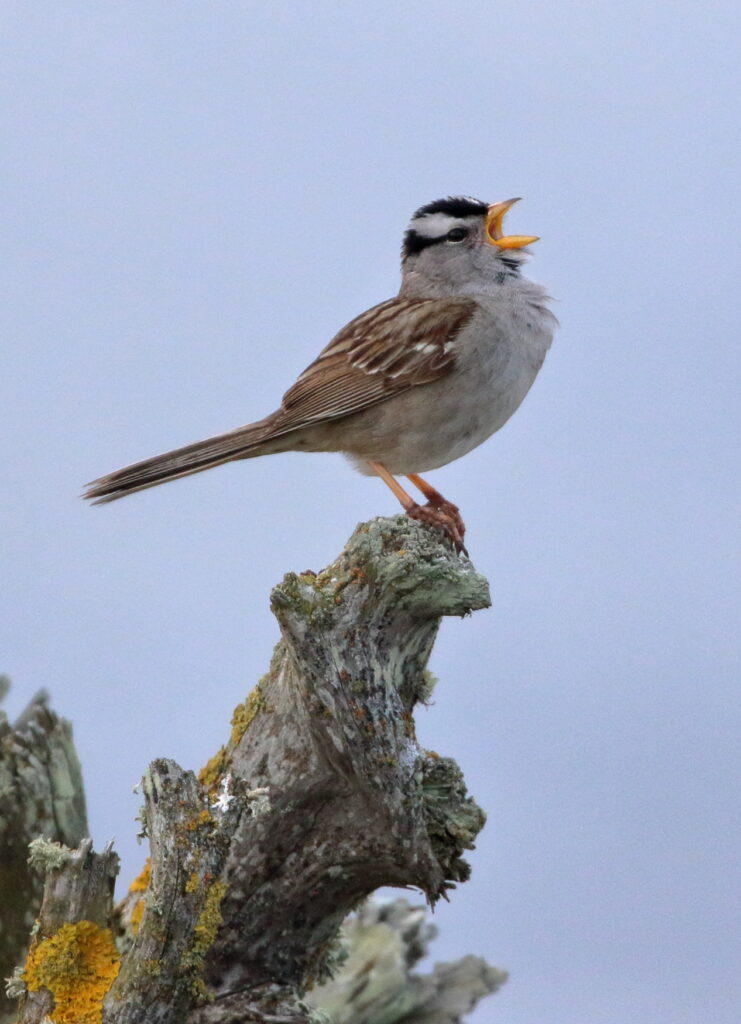Our fourth post about our epic 2024 eastern Montana expedition takes us to the birding mecca of Westby. Over the years, Westby has grown an outsized reputation in the imaginations of Montana birders. To find out why, read on—and don’t forget to check out Sneed’s newest picture book, Like No Other—Earth’s Coolest One-of-a-Kind Creatures by clicking on the image to the right!
After, to be honest, a pretty disappointing time in Plentywood (see last our last post), Braden and I continued our Eastern Montana Odyssey 2024 by driving twenty-six miles to a place that has obtained almost mythical status among Montana birders: Westby. Westby sits in the very northeastern corner of the state and has long been known as a place where eastern songbirds clip Montana on their way to northern breeding grounds. Some fool cut down some of the best bird habitat there a few years ago, before Braden and I ever visited, but birders still discover rarities such as Mourning Warblers, Black-throated Green Warblers, and Rose-breasted Grosbeaks every year. The bad news? Braden and I were about two weeks late to have a serious shot at anything like that. The good news? We still had a great chance to see migrating shorebirds.

We arrived early and decided not even to waste time looking for songbirds right away. Instead, we immediately drove north out of town toward a series of pothole lakes well known for shorebirds. Changes in water levels can be shocking out here year to year, and I quickly saw with dismay that one pond that had brimmed with water during my visit with my pal Scott Callow last year had gone bone dry. Fortunately, another pond with just a brief window of visibility did have water. “Shorebirds!” I shouted. We broke out the spotting scope and did our best to ID what was out there. Sanderlings could be made out by their distinct dark red heads and boldly black legs and bills. More exciting, we were able to ID Semipalmated Sandpipers and a species we hadn’t seen in Montana for four years, White-rumped Sandpipers.
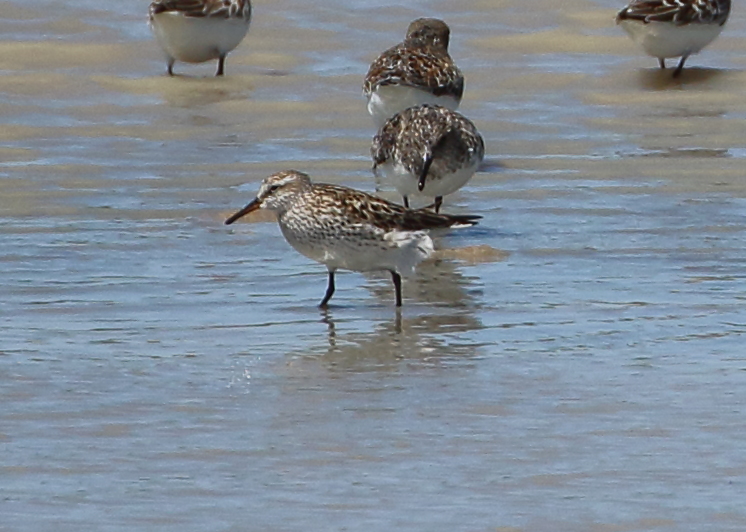
As we continued to explore, we got better looks at all of these birds in various places, along with Wilson’s Phalaropes, Willets, and Marbled Godwits. One bird high on our list was Nelson’s Sparrow, and at a little marshy area right next to the road, Braden was able to hear one, though my crummy hearing once again thwarted me.
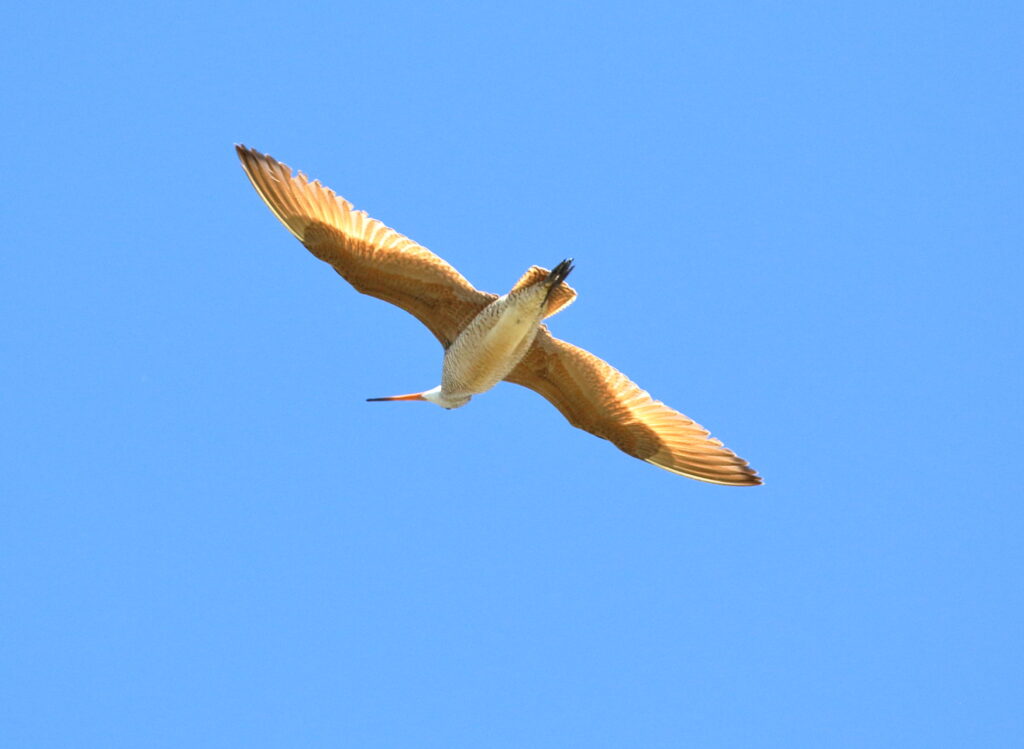
We continued to explore the rest of the day, both driving north and south of town and even making a foray across the border into North Dakota, where we picked up a respectable 23 species in a couple of miles. A wonderful development in Westby is a new AirBnB about fifty yards from the border and I had reserved it for two nights. That evening, I took a stroll through town to see what could be seen. No rare warblers, but I did have a lovely visit with a Brown Thrasher and gobs of American Goldfinches feeding on spilled grain next to the grain elevators looming over the north end of town. When I returned, a Say’s Phoebe was sitting on our house!

Thanks to our rented house, we hit the streets of Westby early the next morning. Again, no rare songbirds, but we did see a couple of Swainson’s Thrushes, along with Orchard Orioles and Purple Martins as part of our 22-bird list. Once again, our best surprises popped up as we explored surrounding areas. Venturing north we got great, close looks at the shorebirds we’d seen before, with a soundtrack of Wilson’s Snipe and Soras—one right next to the car—filling the air. Braden identified a Ferruginous Hawk flying overhead and we heard two Baird’s Sparrows and even a Sprague’s Pipit! Braden picked up at least four Nelson’s Sparrows and one popped up right next to our car, giving us our best look ever. Range maps don’t even show that Nelson’s reach into Montana, so this is a great place for birders to pick them up for their Montana life lists!
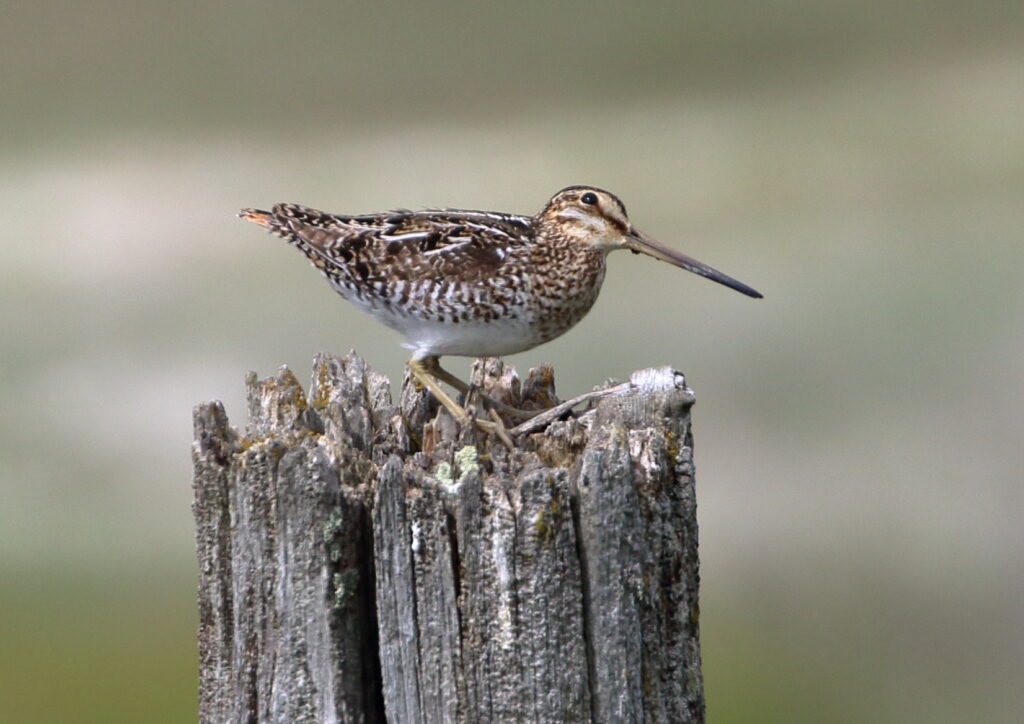
Still, the “catch” of the morning happened as we were skirting Round Lake. Ever since arriving, we had kept our eyes sharp for one particular shorebird. This morning as I drove, Braden suddenly yelled, “Stop!” We quickly got our eyes on it and then set up our spotting scope. It was none other than a Piping Plover! I had seen my Montana lifer PIPL last year with my buddy Scott, but this was Braden’s Montana lifer. Even better, there were two—one stalking another with obviously amorous intentions.
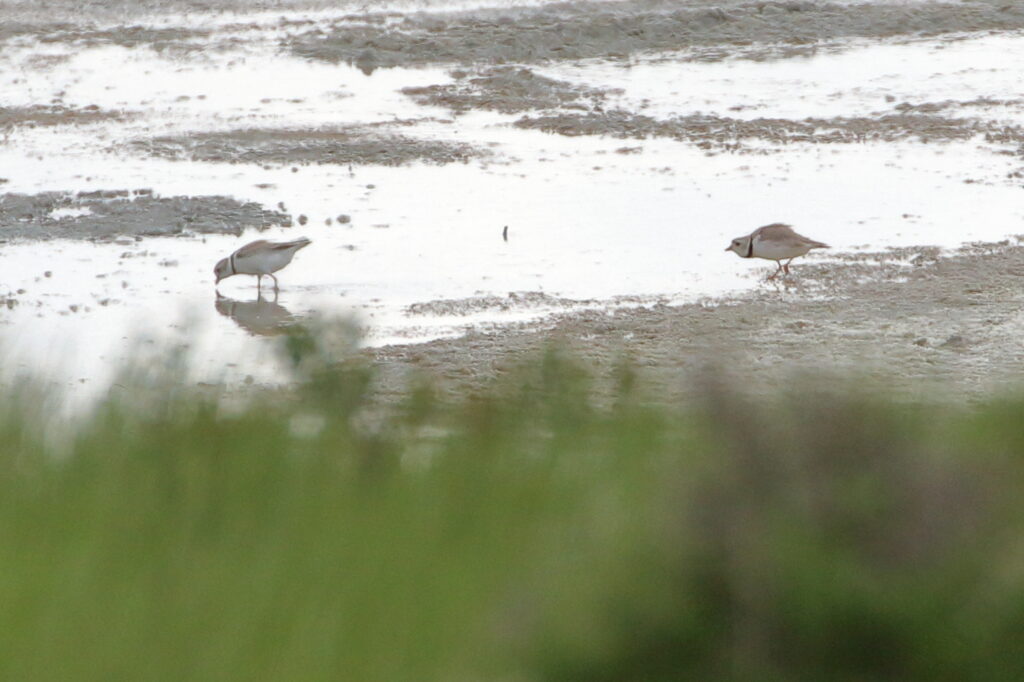
North America has three distinct breeding populations of Piping Plovers: one in the Northeast, one in and around the Great Lakes, and one on the northern Great Plains. The world total population may have dropped to as low as 3,000 pairs, but the Great Lakes and Northeast populations have apparently been making a comeback. Montana, is home to a breeding population of perhaps 1-200 pairs of these delightful birds, but the outlook for the northern plains population may not be as rosy as it is for the Northeastern population. Frequent drought (exacerbated by climate change), poor water management practices, pesticides, and an increase of predators make its future dicey. Still, this near-threatened bird is hanging on and our fingers are crossed that some better management practices will also help it increase.
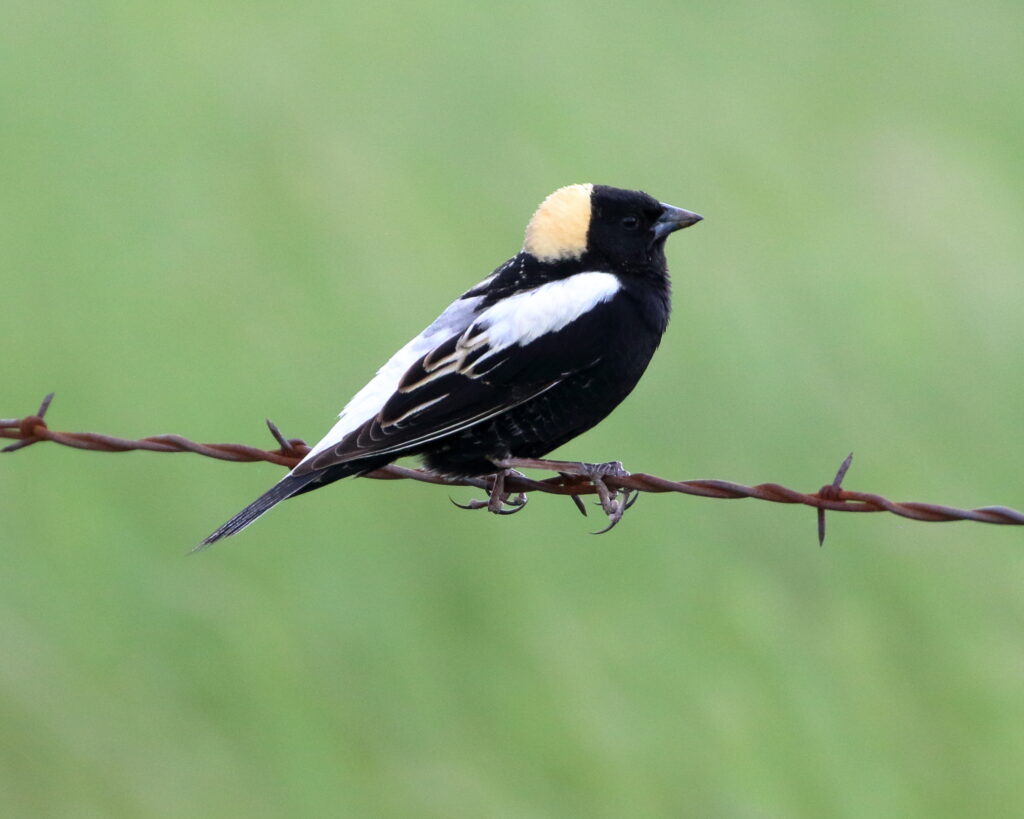
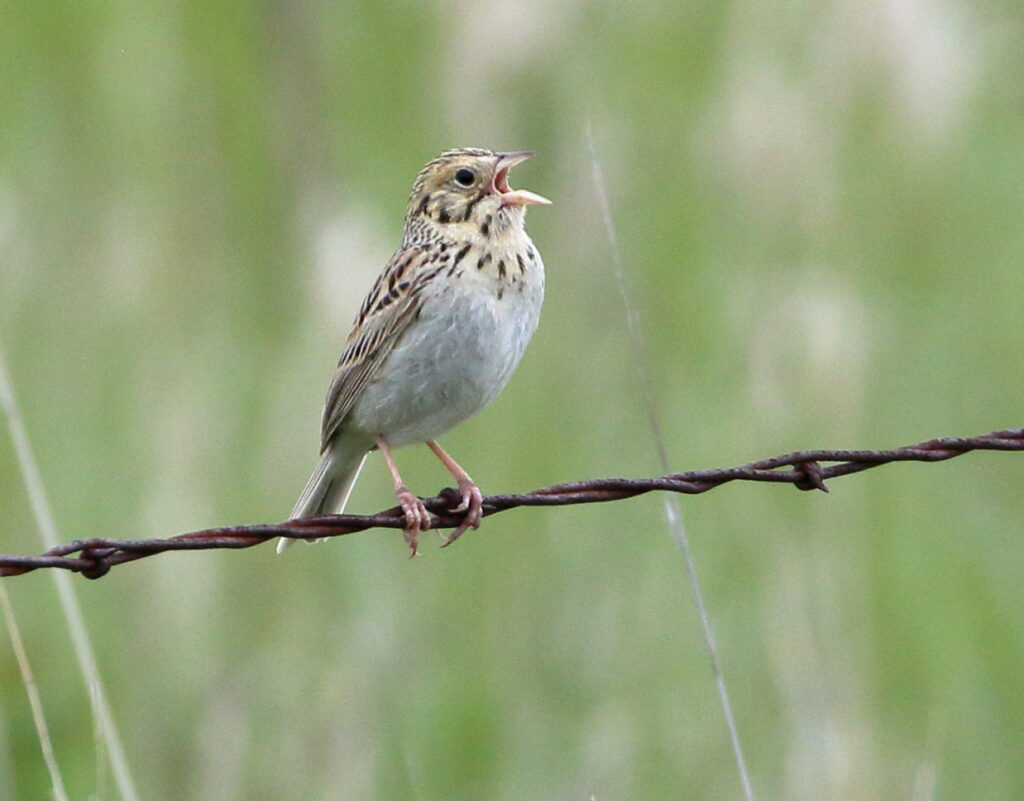
In the trip’s spirit of birding new places, we decided to head down a new road south of town. We had low expectations, but soon encountered a lake with lush green grasses surrounding it. We got out to scope the lake and discovered at least 250 Sanderlings out on a sand bar. It is while we were scoping that we got our biggest surprises, however. Grassland birds just kept popping up on the barbed wire fence to check us out or perch on plants very close to us. During the next forty or fifty minutes, we got incredible looks at Bobolinks, Baird’s Sparrows, Chestnut-collared Longspurs, Grasshopper Sparrows, Clay-colored Sparrows, Horned Larks, and of course, Savannah and Vesper Sparrows. Every time we looked up, there was another great bird not fifty feet away. It truly was one of the coolest things we’ve ever experienced—and was a great reminder to keep taking the road not birded!
